Hello Guys!!!
Today, we are going to share the best Mobile app development companies in Raleigh, USA.
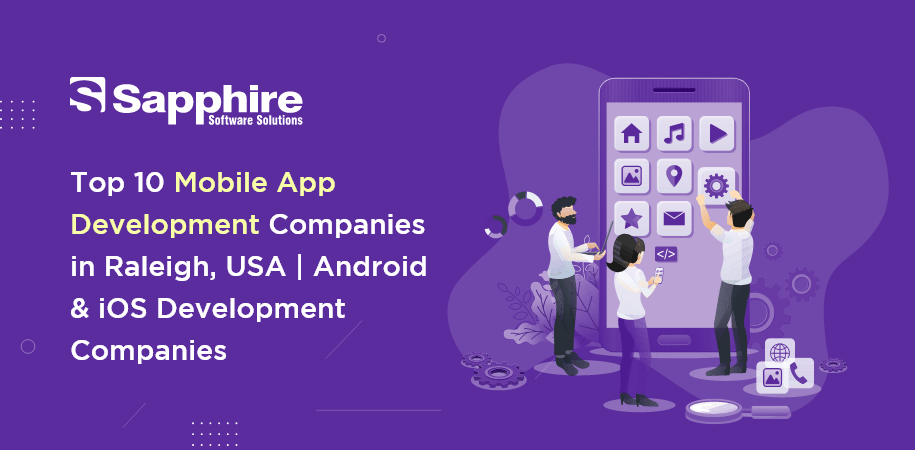
Hello Guys!!!
Today, we are going to share the best Mobile app development companies in Raleigh, USA.

To attract top talent, write an engaging job description. Beyond listing technical talents, the story must emphasize creativity’s role in problem-solving and invention. Leveraging specialized employment platforms and encouraging creativity are vital to recruiting devoted coders. Thorough technical exams, behavioral interviews, and diversity improve selection.
Never-ending learning becomes essential as technology evolves. Offering competitive salaries and long-term connections reinforces the commitment to a culture where code and creativity blend. This blog covers every aspect you need to consider if you want to Hire Dedicated Developers in USA, guiding firms through the process.
The US technology sector, including web development, mobile apps, AI, and blockchain, is huge and quickly growing. Understanding the abilities needed for your project is crucial to recruiting committed experts. Whether you concentrate on frontend technology, backend infrastructure, data science, or cutting-edge breakthroughs, your recruiting strategy must match the tech environment.
Recognizing the industry’s complexities allows for a recruiting approach that attracts top Developers in USA and balances technical competence with creative problem-solving. Keep up with industry developments and new technology to adjust your recruiting approach to the US tech scene.
A captivating job description is the foundation of every effective recruiting process. Beyond listing the job’s technical qualifications, stress creativity’s role in problem-solving and innovation. Developers are creative thinkers who boost a company’s innovation culture.
Explain the company’s principles, culture, and creative workplace commitment. This appeals to technical developers and creative people looking for a creative atmosphere. Communicating the company’s vision and developers’ involvement in defining it helps attract applicants who are both technically skilled and connected with your company’s values.
Use tech-specific employment networks to find dedicated developers. Developers seek challenging and intriguing projects on GitHub, Stack Overflow Jobs, and Angel List. Showcase your technical expertise and creativity by customizing your job postings.
Engaging with these platforms expands your reach and makes your organization an attractive place for bright engineers.
The workplace is crucial to attracting and keeping top people in the competitive IT business. Hackathons, brainstorming, and a dynamic workplace demonstrate your company’s creativity. Creating a creative work atmosphere attracts creative developers and fosters team innovation.
Developers flourish and do their finest work when driven to try new things. Invite developers to collaborate across functions and contribute to ideas. A culture that values creativity will attract talented developers and spur discoveries.
Technical knowledge is essential for developer employment, but creativity is important, too. Designing and conducting thorough technical tests is essential to assess candidates’ coding, problem-solving, and technology knowledge. A mix of creativity and technical competence guarantees you choose developers who can contribute artistically and technically.
Technical examinations should challenge applicants sufficiently to screen out those without technical competence while allowing them to demonstrate innovative problem-solving. Customize examinations to simulate real-world situations so applicants may exhibit their coding skills and innovative problem-solving.
Behavioral interviews help examine candidates’ inventiveness, flexibility, and communication abilities in addition to technical examinations. In these interviews, candidates discuss their prior experiences and demonstrate how their ingenuity has improved earlier projects. Provide real-world situations that need creative problem-solving to test their creativity and innovation.
Behavioral interviews reveal how applicants handle problems and work well in teams, which are essential creative skills for developers. This stage goes beyond technical capability to assess a candidate’s cultural fit and creative potential.
Diversity boosts creativity. An inclusive recruiting procedure that welcomes different applicants broadens ideas and creates a more dynamic and imaginative workplace. Diversity fosters creativity by bringing together people with varied viewpoints, experiences, and problem-solving methods.
Respect the unique contributions of diverse backgrounds by actively seeking diversity in your employment process. Promote diversity and inclusion to ensure all perspectives are heard and respected. A diverse crew boosts innovation and shows your company’s dedication to inclusion.
A culture of lifelong learning keeps your staff inventive and ready to handle new problems and adopt new technology. Continuous learning should be part of your organizational culture. Offer online courses, certificates, and industry conferences for professional growth. A learning and growing workforce may bring unique ideas, boosting your development team’s creativity.
Offer competitive salaries to recruit and retain top-tier developers in great demand. Perform market research to verify that your wage and benefits packages are competitive and match your creative values. Reward ingenuity by paying developers according to their efforts.
Developer compensation recognizes their creativity and abilities as well as their financial worth. Consider benefits like remote work, flexible hours, professional growth, and financial compensation. Comprehensive remuneration shows that your organization recognizes and invests in developer ingenuity.
Hiring dedicated developers is a long-term partnership. Promote open communication, professional progression, and recognition and reward excellent efforts. A friendly and supportive work atmosphere helps your team last and keeps the creative spark that attracts developers.
Long-term relationships need constant commitment to developing professional growth and well-being. Give developers frequent feedback to help them progress in the firm. Recognize large and small successes to create a virtuous cycle where happy and engaged engineers work hard for the firm.
In conclusion, recruiting dedicated software developers in the US is a complex procedure that involves a delicate balance between code and imagination. At Sapphire, we have created a vibrant and innovative development team by committing to ongoing learning, competitive remuneration, and long-term relationship building. You can Hire Software Developers in USA who combine technical expertise and creative ideas.
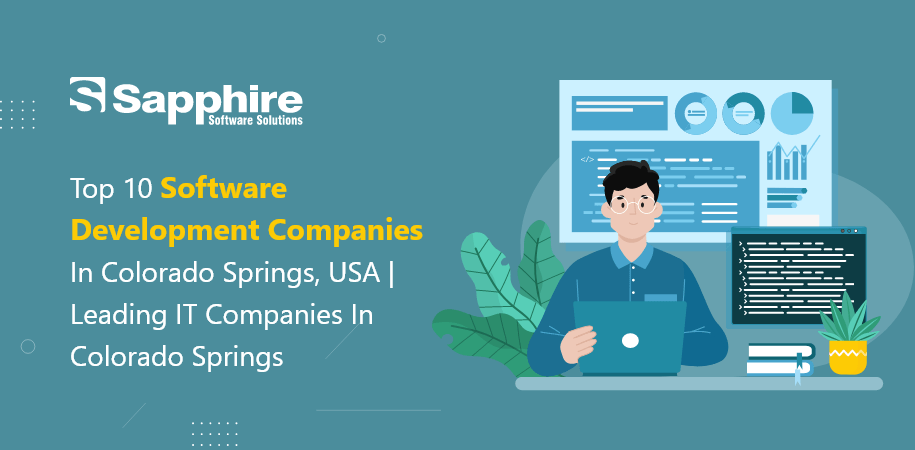
Hello Guys!!!
Today, we are going to discuss about the best software development companies in Colorado Springs.

This detailed blog covers five ways to keep current in Web Application Security Testing for web development companies. Each method helps grasp the growing threat environment, from professional blogs and forums to conferences, online courses, and social media. Cybersecurity professionals may use these tactics to learn, practice, and prepare for current web development services.
A proactive and educated strategy is needed to manage risks and improve web application resilience in the face of growing cyber threats as technology advances.
Stay ahead in 2024 with insights into the latest Web Application Security Testing Checklist trends! Wondering how? Look no further! Our expertise as a Top Web Development Company in USA allows us to navigate the dynamic landscape of security testing.
Read credible security blogs and websites to remain current on web application security testing trends. These platforms—OWASP, SANS Internet Storm Center, and The Web Application Security Consortium—provide industry professionals’ knowledge and perspectives.
Web application security authority OWASP is known worldwide. It produces guidance, tools, and documentation, including the OWASP Top Ten, which emphasizes the biggest online application security concerns. SANS Internet Storm Center publishes daily security practitioner diaries on real-world occurrences and mitigation measures.
These sites’ newsletters and RSS feeds provide security professionals with current information on new threats, vulnerabilities, and best practices. Checking these platforms regularly keeps you abreast of web application security’s fast-changing world.
Visit individual security researchers’ and practitioners’ blogs. Web application security testing difficulties and solutions are illuminated by these blogs’ real-world case studies, lessons, and insights.
Security experts share expertise, experiences, and web application security trends via virtual groups and forums. Stack Overflow, Reddit’s netsec community, and security forums foster collaborative learning.
Asking questions, sharing experiences, and conversing in these areas help you understand your peers’ issues. These communities’ viewpoints provide a complete picture of web application security across sectors, technologies, and use cases.
These forums let you meet professionals and practitioners who can offer their knowledge. Discussing particular tools, approaches, or current instances might improve your web application security testing skills.
Participants may interact with lecturers, attend seminars, and discover new technology. Conferences typically offer cutting-edge research on attack routes, defensive techniques, and tools.
In addition to large conferences, attend smaller or specialized web application security events. As virtual conferences and webinars grow more common, professionals may engage remotely.
These events educate you on the newest advancements and allow you to network with people with similar interests and difficulties.
Online security training and certifications help keep up with web application security testing methods and best practices. Coursera, Udemy, and the SANS Institute provide essential intermediate courses.
These courses address online application security, including secure coding, penetration testing, and threat modelling. Such courses improve your abilities and expose you to industry norms and new challenges.
Keep current with web application security training and certifications. CISSP and OSCP certifications are industry-recognized and may verify your knowledge.
Continuous learning via online courses equips you to handle dynamic web application security risks.
Twitter, and LinkedIn are great for keeping up with web application security developments. Follow cybersecurity professionals, organizations, and enterprises that provide ideas, research papers, and news.
Respond to tweets, share your ideas, and use hashtags to find new material. Social media lets you connect with security specialists worldwide and get real-time updates.
Twitter conversations like #infosecchat include security experts discussing different subjects. These discussions may provide varied expert viewpoints and insights.
LinkedIn also facilitates professional networking. Join security groups, discuss, and meet like-minded professionals. Social media engagement with the security community boosts exposure and information sharing.
Read academic publications and research papers to understand sophisticated web application security principles and methods. Cybersecurity conferences and publications publicize researchers’ results.
IEEE Transactions on Dependable and Secure Computing and ACM Transactions on Information and System Security publish articles on new attack vectors, defensive techniques, and technologies. USENIX Security, IEEE Security and Privacy, and ACM CCS conference proceedings include cutting-edge research.
Read research papers to grasp security concepts’ theoretical foundations. Staying abreast of researchers’ novel approaches to complicated security issues is essential to improving your skills.
Researchers and professionals working on the subject may network at academic conferences. To network with academics and learn about new developments, attend conferences or seminars.
Identifying online application vulnerabilities using automated security testing and scanners is realistic. These tools are updated often to provide the newest detection methods and enhancements. These utilities often update to fix vulnerabilities and improve functionality.
Use automated testing tools to find SQL injection, XSS, and security misconfigurations quickly. Manual testing should be used alongside automated technologies to find more complicated security concerns.
Keep up with automated testing technologies like AI and machine learning, which can improve security testing productivity and accuracy.
Subscribe to security company and organization newsletters for curated summaries on security risks, vulnerabilities, and best practices. Security companies and professionals often offer newsletters with digestible information.
Select newsletters that match your interests and skills. Principal security firms, cybersecurity research groups, and industry analysts publish newsletters highlighting the threat environment.
Security information is constantly changing, so newsletters may help you keep updated. Links to extensive publications, research papers, and security incident updates are shared.
OWASP emails may also introduce new tools, events, and critical announcements, linking you to the web application security community.
Understanding the newest web application vulnerabilities requires regularly examining vulnerability databases. Updates to these databases reveal new vulnerabilities, severity levels, and mitigations, so be alert. Unique IDs in vulnerability databases make it simpler to monitor and reference vulnerabilities.
These databases are reliable for risk assessments and remedial prioritization. Maintaining web application security in the face of increasing attacks requires being current on vulnerabilities.
Subscribe to these databases’ alerts or notifications to obtain timely information on newly identified vulnerabilities that may affect your web applications’ technologies and frameworks.
Engaging with web application security peers promotes knowledge-sharing, collaboration, and professional growth. Meet like-minded people by joining professional networks, engaging in online forums, and visiting local security meetings.
Work together on projects, exchange ideas, and debate advancements. Joint research, best practices, and open-source security technologies are examples of collaboration.
Develop your talents in a collaborative and competitive atmosphere by participating in or organizing capture the flag (CTF) and hackathons. These events bring together varied professions for networking and skill development.
A solid professional network gives you access to pooled knowledge and expertise. Peer cooperation helps you identify web application security trends and solve complicated security problems via collaborative problem-solving.
In conclusion, protecting online applications in the ever-changing cybersecurity environment requires a complex and proactive strategy. The ideas in this article give a solid basis for following 2024 Web Application Security Testing (WAST) trends. Security workers may learn to resist new threats by attending conferences, industry forums, and online courses.
Cybersecurity is ever-changing and needs ongoing monitoring. A complete defensive plan includes automated technologies, vulnerability databases, and social media engagement with the security community. Collective learning from peers improves resistance against complex cyber assaults.
As online apps become more important in our digital lives, maintaining up-to-date on security issues is essential. By partnering with a trusted software testing services company, you secure your applications against emerging threats and ensure robust performance. These techniques can help organizations and people safeguard their digital assets and manage risks in a shifting threat scenario. Web application robustness and resilience in the future depend on a proactive and educated WAST strategy.
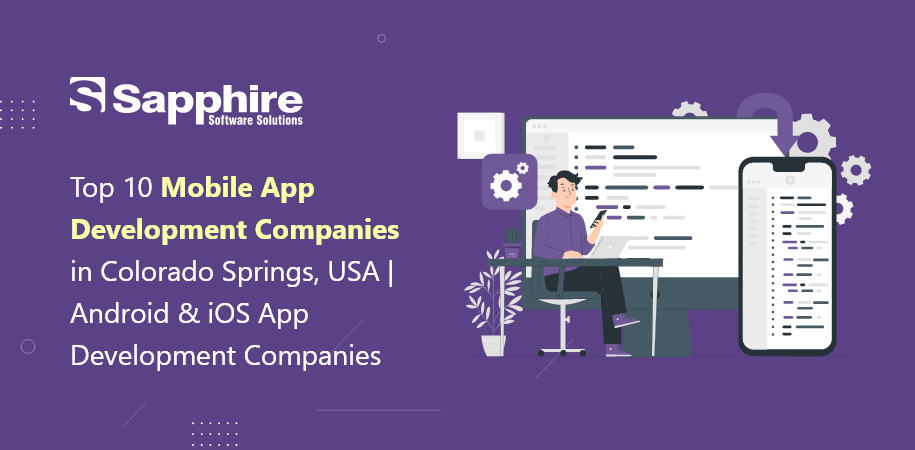
Hello Guys!!!
Today, we are going to discuss about the best mobile app development companies in Colorado Springs.

React Native is a prominent cross-platform mobile app development framework that combines efficiency, performance, and a dynamic community. It lets developers use JavaScript and React to construct iOS and Android apps by sharing a lot of code. The framework’s modular, component-based design simplifies development and reduces time-to-market by reusing code.
React Native’s “hot-reload” functionality lets developers observe code changes without restarting the app. This makes the development process more participatory and productive. Facebook, Instagram, and other significant organizations have used React Native, proving its scalability and adaptability for large-scale apps.
Recent upgrades have improved speed and added capabilities to React Native. The Hermes JavaScript engine improves runtime efficiency, making React Native applications more responsive. The framework’s large pre-built component library and powerful third-party library ecosystem accelerate development.
React Native is suited to social networking, e-commerce, and other applications. Developers may effortlessly add platform-specific functions via its native module access. Support, knowledge sharing, and tool and library development depend on the framework’s active community.
In 2024, React Native remains a viable option for providing best mobile app development services in USA. Its familiar development model, good performance, and supportive community make it a versatile technology.
Google-backed Flutter has gained popularity in mobile app development. This Dart-based UI toolkit builds natively built apps using widgets. Flutter’s main strength is its uniform and attractive user experience across platforms.
One of Flutter’s best features is hot-reload, which lets developers view changes instantaneously. A fast and interactive development cycle makes it easy to test UI changes and address bugs. Flutter’s vast library of pre-designed widgets helps create a professional and responsive user interface, improving user experience.
Flutter’s increasing community and variety of plugins and packages show its popularity. Google upgrades and improves Flutter to show its devotion. Flutter’s connectivity with developer tools like Android Studio and Visual Studio Code improves accessibility and workflow integration.
Check out – Flutter App Development Company in USA
Additionally, Flutter can create beautiful apps with excellent animations. The framework’s performance optimization and lack of a native platform bridge improve app performance.
Overall, Flutter is a solid solution for companies wanting a complete UI toolkit that offers a uniform and attractive user experience across platforms. Flutter’s fast development cycle, robust community support, and Google’s support make it the best for mobile app development 2024.
Swift for iOS and Kotlin for Android remain essential for native mobile app development, helping to provide a smooth and natural user experience.
The iOS app development language of choice is Swift, created by Apple. Swift has improved its safety, syntax, and performance since its launch. Legacy iOS developers may easily switch to Swift due to its Objective-C compatibility.
Google officially supports Kotlin for Android development, and its conciseness, expressiveness, and Java compatibility have accelerated its popularity. Kotlin’s coroutines make asynchronous programming easier to understand and manage. It’s practical for companies transitioning from Java to Kotlin since the language is completely compatible.
Active developer communities ensure updates, upgrades, and community-driven libraries for Swift and Kotlin. Apple and Google continue to enhance these languages, adding features and tools to simplify app creation.
Apple’s declarative UI framework SwiftUI complements Swift for contemporary, interactive UIs. It streamlines UI development, encourages code sharing, and improves iOS app maintainability.
In conclusion, Swift and Kotlin are essential to native mobile app development because to their performance, platform-specific capabilities, and vibrant communities. Each language has distinct characteristics that developers may employ to build polished and platform-native user experiences.
PWAs are a promising way to combine web-like experiences with native mobile app performance and capabilities. PWAs use contemporary web technologies for offline functionality, push notifications, and responsive design.
PWAs’ cross-platform compatibility is a major benefit. PWAs leverage responsive design to provide a consistent user experience across smartphones, tablets, and computers. Organizations seeking a cost-effective way to reach a wide audience without developing web and mobile apps would appreciate this adaptability.
Service workers, a core PWA component, cache vital assets for offline use. The user can view material even without internet connectivity. Push notifications also help firms re-engage users with timely information.
Popular web frameworks like Angular, React, and Vue.js enable PWA development, letting developers use their current skills and tools. Unifying web and mobile development streamlines the process and reduces time-to-market.
PWAs are widely used since Google Chrome, Mozilla Firefox, and Microsoft Edge support them. As web technologies improve, PWAs will become more important in mobile app development.
Finally, PWAs are a flexible and cost-effective way for companies to create a seamless online and mobile user experience. Adaptable, offline, and supported by major browsers, PWAs are a strategic option for addressing various users.
Microsoft-owned Xamarin is a complete C# framework for cross-platform mobile app development. It balances code reusability with platform-specific features by letting developers exchange a lot of code between iOS and Android.
Its seamless interaction with Visual Studio and the.NET ecosystem is Xamarin’s strength. C# developers may utilize Xamarin and their talents.Forms or Xamarin.Native for platform-specific UI development provide versatility.
Xamarin.Forms streamlines development by creating a single, cross-platform user interface. However, Xamarin.Native offers platform-specific optimizations and UI customisation. Xamarin’s ability to build and maintain apps makes it a good option for businesses.
Microsoft upgrades and improves Xamarin to show its commitment. Xamarin.Essentials offers cross-platform APIs for common device functions, ensuring a uniform user experience.
Xamarin’s support for major libraries and frameworks and great integration with Azure for cloud services make it a good alternative for Microsoft-focused companies. This alignment streamlines development and deployment.
Xamarin is a solid option for companies wanting a unified cross-platform mobile app development strategy. Its connection with Microsoft technology, C# compatibility, and option between Xamarin.Forms and Xamarin.Native make it a practical solution for many projects.
NativeScript, an open-source framework for cross-platform mobile app development, provides native performance and direct platform API access. NativeScript lets web developers construct native-looking programs using JavaScript or TypeScript.
NativeScript’s direct access to native APIs lets developers use platform-specific capabilities. This creates high-performance, user-friendly apps. The framework’s native UI components improve application appearance.
NativeScript supports Angular and Vue.js, allowing developers to pick their favorite front-end framework for user interface development. This adaptability matches the trend of utilizing familiar tools and technologies, making development easier.
The framework’s hot module replacement feature lets developers monitor code changes in real time, speeding up development. NativeScript’s community releases plugins and modules to expand its features.
NativeScript stays current in the fast-changing cross-platform mobile app development industry thanks to open-source community updates. Developers seeking a mix between cross-platform efficiency and native performance should consider the framework’s native experience and compatibility for major front-end frameworks.
Finally, NativeScript attracts developers that value native performance and platform-specific functionality. Its JavaScript and TypeScript compatibility and popular front-end frameworks make it adaptable for cross-platform mobile app development.
Java, a staple of Android app development, remains popular. Java is stable and well-supported, especially for Android apps and codebases, despite Kotlin’s growth.
Java’s mature environment, vast libraries, and developer community are its assets. Java is used in many Android apps, particularly those created before Kotlin. This legacy code is maintained and extended by developers worldwide.
Organizations switching from Java to Kotlin benefit from its compatibility. Android developers may progressively embrace Kotlin while keeping code compatibility since Java and Kotlin coexist.
Google-supported Android upgrades and improves the Java development environment. Android Studio, the official Android IDE, supports Java, allowing developers to use current tools for application development.
Kotlin is succinct and contemporary, but Java is still a good option for companies with large Java-based Android app investments. For Android app development, the language’s familiarity, stability, and support make it dependable.
In conclusion, Java remains important in Android app development, especially for companies with Java codebases. Its robust ecosystem, numerous libraries, and Kotlin compatibility make it a practical alternative for maintaining and expanding Android apps.
The best mobile app development technology in 2024 relies on project needs, development team skill, and industry trends. You canmobile app development in 2024 from us who constantly evaluate new tools and frameworks to remain current and make educated choices in the ever-changing technological ecosystem. Contact us now for more information!
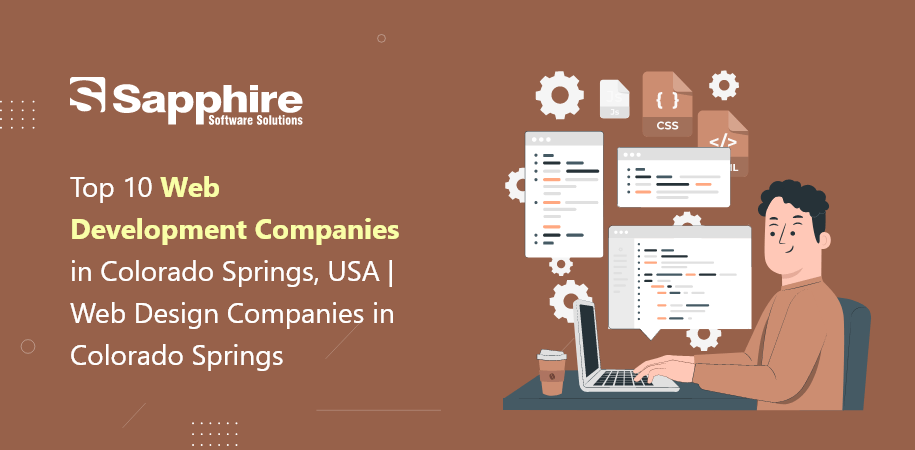
Hello Guys!!!
Today, we will discuss the best web development companies in Colorado Springs.
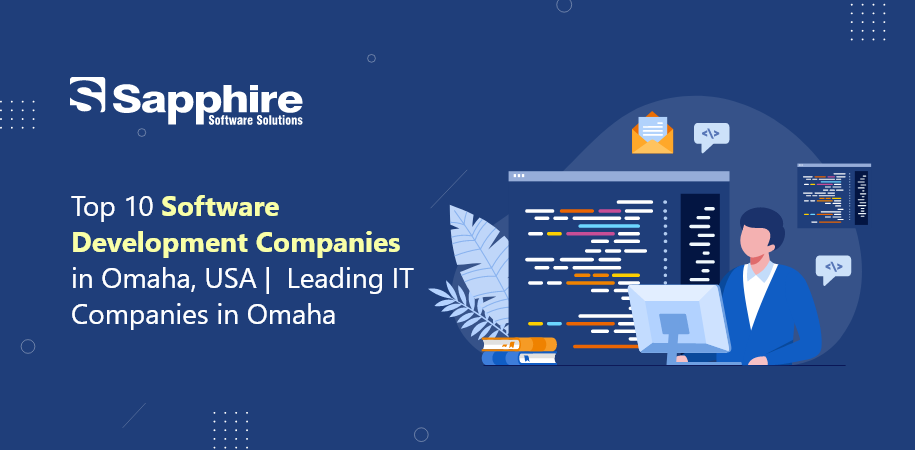
Hello Guys!!!
Today, we are going to discuss about the best software development companies in Omaha.
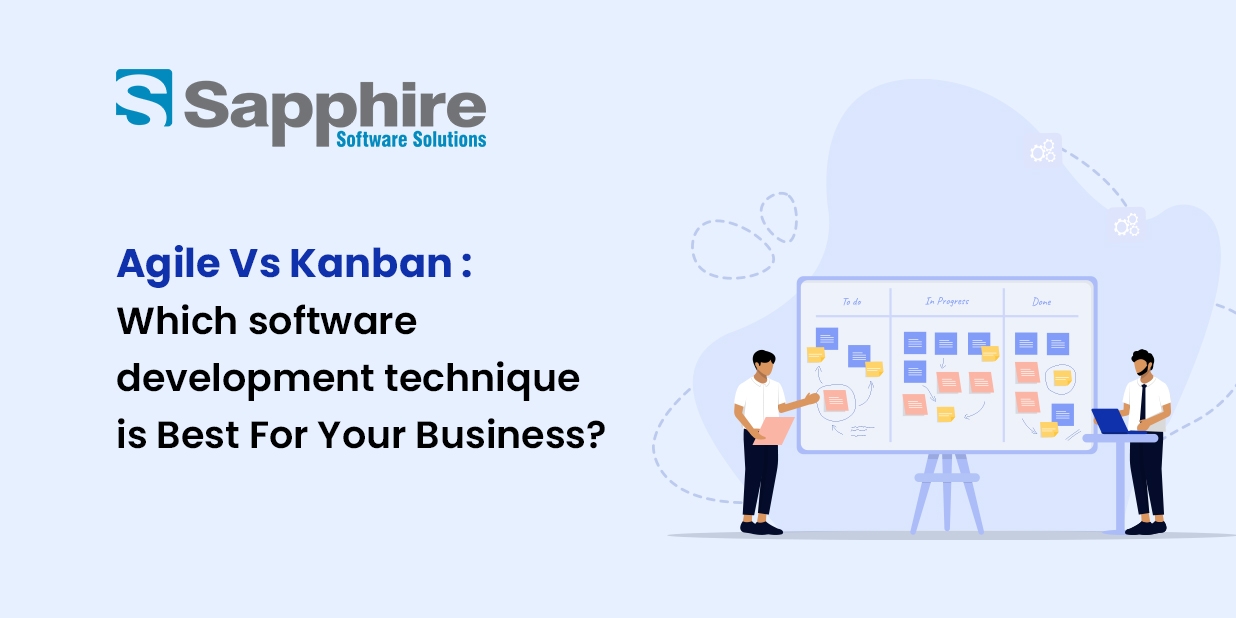
When flexibility and speed are essential in software development, choosing the proper technique may determine project success. Agile and Kanban have been widely praised for their efficacy. Below, we will compare Agile and Kanban, including their concepts, techniques, and applications in various business situations to help you Hire Dedicated Software Developer in USA.
Agile is connected with flexibility and fast delivery due to its iterative development and cooperation. Kanban, influenced by lean, stresses workflow visualization and continual improvement. Understanding these approaches is crucial as firms adapt to the digital age.
This blog will explain Agile and Kanban fundamentals, strengths, shortcomings, and practical applications. It will help you choose between Agile and Kanban while hiring a Top Software Development Company in USA.
As a flexible and iterative project management strategy, agile has transformed software development. Agile emphasizes flexibility, cooperation, and customer happiness to overcome the drawbacks of conventional development techniques. This in-depth look at Agile’s key ideas, techniques, and advantages will explain its broad acceptance and ongoing appeal.
Agile is based on the Agile Manifesto, which prioritizes people, solutions, customer participation, and change above procedures and technologies. These principles emphasize cross-functional team members and their relationships, encouraging communication and cooperation.
Scrum and Kanban are used to execute Agile techniques, each with its practices to fulfill Agile’s goals. Scrum divides work into two- to four-week sprints. For communication and adaptability, Scrum requires daily stand-up meetings, backlog grooming, and sprint reviews.
Agile teams may swiftly provide a minimal viable product (MVP) and expand on it in following iterations. This iterative cycle incorporates stakeholder and end-user input throughout the development process, resulting in a product that better meets user demands.
Retrospectives help Agile achieve continuous progress. These reflection meetings allow teams to evaluate what succeeded, what may be improved, and how to improve in the next iteration. This ongoing feedback loop encourages learning and adaptability, improving the product and development process.
Agile emphasizes cooperation between developers, stakeholders, customers, and end-users. Cross-functional teams with various talents and knowledge accomplish objectives together. This method speeds decision-making, improves problem-solving, and provides a comprehensive project view.
This overview will cover Kanban’s fundamentals, essential practices, and broader application in many corporate scenarios.
The Kanban technique promotes workflow efficiency and continual improvement via many essential concepts.
Agile and Kanban, based on efficiency and flexibility, have different traits that meet different project needs.
Agile’s organized iterative development is its strength. Agile facilitates cooperation and delivery with time-boxed sprints and explicit roles and rituals. This strategy works well for projects with changing needs and client input. Cross-functional teams and sprint planning make agile development focused and predictable.
Flexibility and fluidity are its strengths. Visual management and work-in-progress constraints enable real-time priority modification. Kanban works effectively for operations with changing workloads and continual response. Its pull method prevents overburden and maintains productivity by only accepting work when capacity permits.
Choosing Between Kanban and Agile: Project type determines Agile or Kanban. Agile’s organized sprints benefit projects with clear objectives and a steady scope. Kanban thrives in dynamic, ever-improving contexts.
Some teams use both approaches in a hybrid way. This fusion combines sprint-based planning with Kanban’s flexibility for continuous work.
The comparative study emphasizes the need for matching techniques to project details, team dynamics, and organizational objectives, acknowledging each approach’s unique capabilities in software development.
Agile and Kanban provide helpful software development tools and frameworks used for delivering Best Software Development Services in USA. We are one of the leading names when it comes to delivering software solutions at the best price. If you choose Sapphire, you can also Hire Dedicated Software programmers in USA or available our software development services.
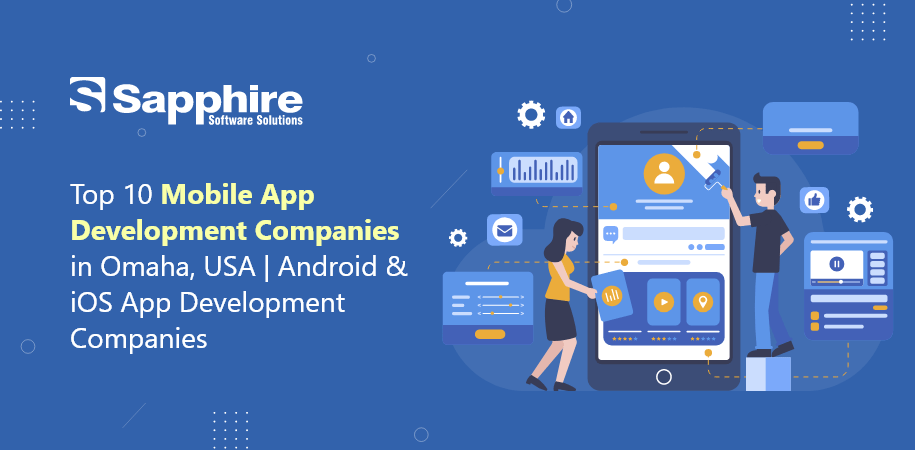
Hello Folks!!!
Today, we are going to discuss about the best mobile app development companies in Omaha.
